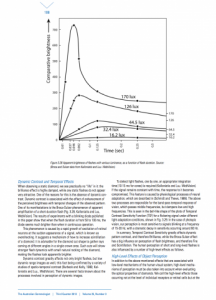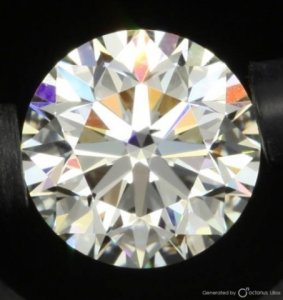- Joined
- Jan 7, 2009
- Messages
- 10,376
teobdl|1405711595|3716045 said:Great, Serg. Thank you-that's very helpful.
If I'm not misunderstanding things, I think Serg's research may help bolster RD's point about the role leakage might play in the look of a diamond -- it may even enhancing the look of certain diamonds (specifically, crushed ice). And it further emphasizes the fact that quantifying the threshold at which leakage detracts from a diamond's beauty is so difficult.
THANK YOU!!!!
Perfectly stated.






300x240.png)